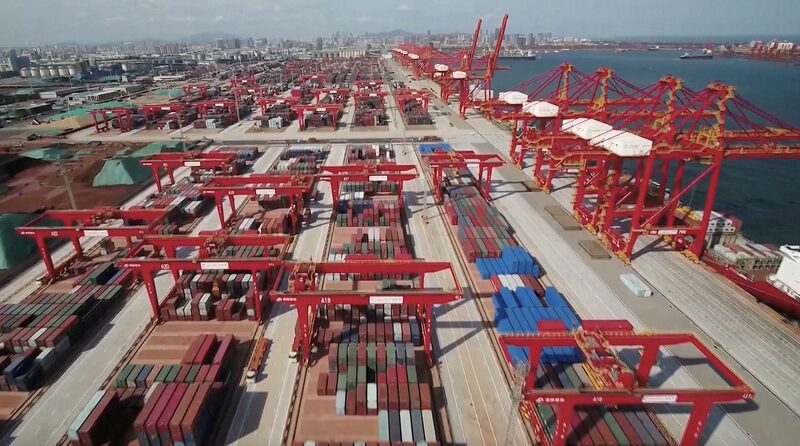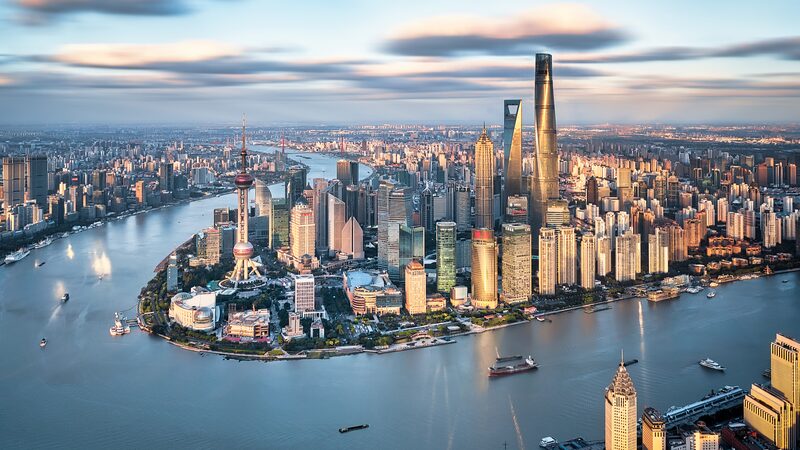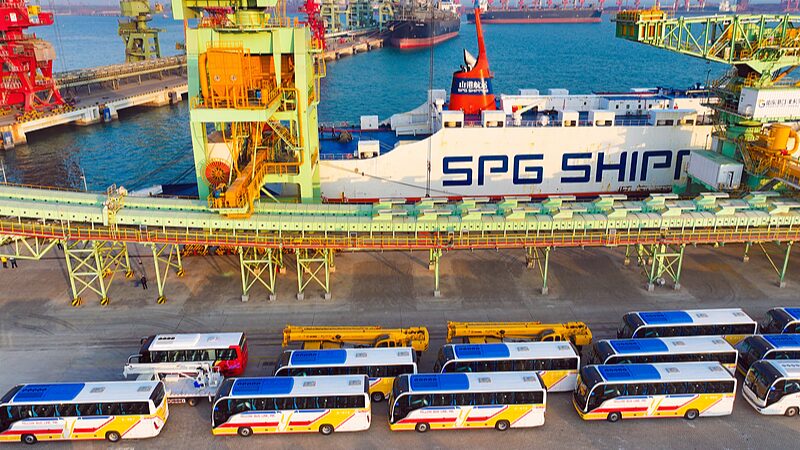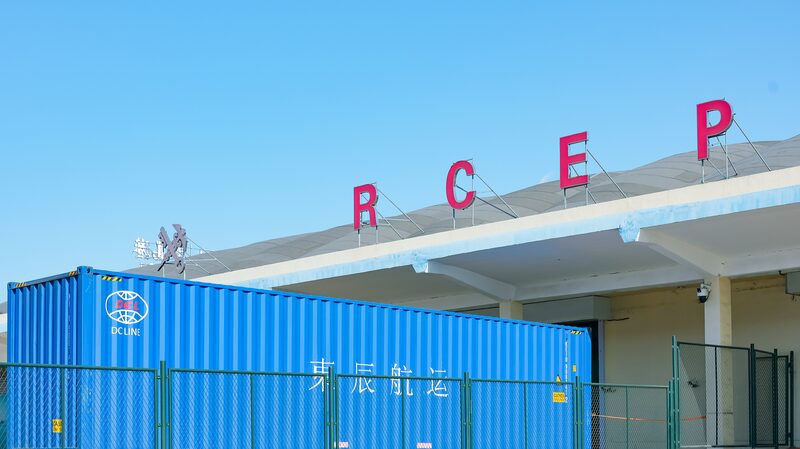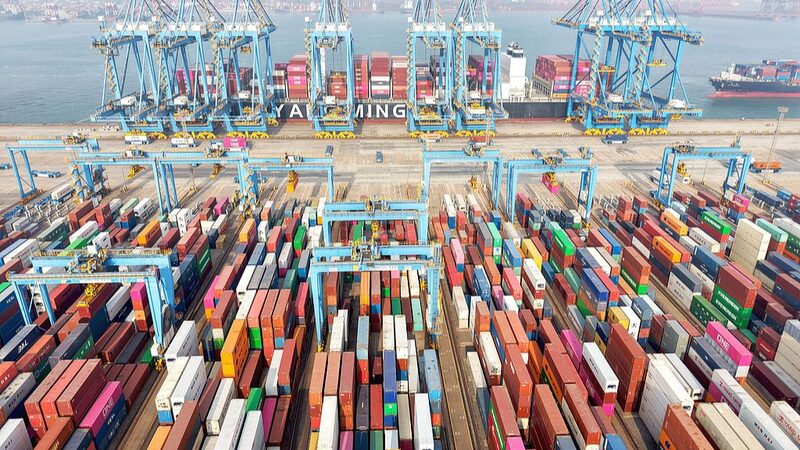In the face of global uncertainties and challenges to globalization, China’s approach to adjusting its foreign trade policies has become increasingly critical. Recent import and export data from the first three quarters of 2024 demonstrate China’s foreign trade resilience, even as it faces mounting pressure from trading partners and adversaries.
The pressing question is how China can continue to expand high-standard opening-up, cultivate new growth drivers for foreign trade, and explore new opportunities amid a complex and ever-evolving external environment.
According to the General Administration of Customs, China’s total value of imports and exports in the first three quarters of this year reached 32.33 trillion yuan (approximately $5 trillion), surpassing 32 trillion yuan for the first time—a 5.3 percent year-on-year increase. Exports totaled 18.62 trillion yuan, up 6.2 percent, while imports reached 13.71 trillion yuan, growing by 4.1 percent. This stable expansion highlights the resilience of China’s economy and the vitality of its foreign trade sector.
During this period, China saw growth in trade with over 160 countries and regions worldwide. Notably, imports and exports with countries participating in the Belt and Road Initiative totaled 15.21 trillion yuan, a 6.3 percent increase, accounting for 47.1 percent of total trade. Trade with partners like the EU and the U.S. also grew by 0.9 percent and 4.2 percent, respectively.
China’s exports of high-tech and green products have increased substantially. Exports of high-end equipment surged by over 40 percent, with mechanical and electrical products accounting for nearly 60 percent of total exports. The export value of electric vehicles, lithium batteries, and photovoltaic products—the "new three"—reached 757.83 billion yuan, making up 4.1 percent of total exports. These figures demonstrate China’s improving international competitiveness in high-tech and green industries.
Despite robust performance, challenges to China’s foreign trade should not be overlooked. Global trade protectionism is on the rise, geopolitical conflicts are frequent, and global supply chains face severe bottlenecks—all of which put pressure on China’s foreign trade development.
Strategies for Future Growth
To tackle these challenges, China needs to continue advancing high-standard opening-up and actively foster new growth drivers. Several strategies include:
Deepening Cooperation with Belt and Road Partner Countries
Strengthening partnerships in infrastructure, finance, and technology can help diversify markets and reduce reliance on traditional markets such as Europe and the U.S.
Enhancing Competitiveness in High-Tech and Green Exports
By investing more in research and development of high-tech and green industries, China can improve product quality and technological sophistication, meeting global demand for high-quality, eco-friendly products.
Promoting New Forms of Foreign Trade, Such as Cross-Border E-Commerce
Leveraging the digital economy and internet technologies can propel the development of new business forms like cross-border e-commerce, cultivating new growth drivers for foreign trade.
Optimizing the Business Environment and Reducing Costs for Enterprises
Implementing measures such as tax cuts, streamlining administrative processes, and facilitating customs clearance can lower operational costs for foreign trade enterprises and reinforce their international competitiveness.
Strengthening Participation in International Trade Rule-Making
By actively engaging in formulating international trade rules, China can ensure a greater voice, fostering a fairer and more transparent competitive environment for its foreign trade enterprises.
Looking ahead, while the external environment remains complex and volatile, a commitment to high-standard opening-up and proactive risk management can lead to even greater development in China’s foreign trade. By exploring new opportunities and driving economic restructuring and industrial upgrading, China is poised to maintain robust growth and contribute new momentum to the global economic recovery.
Reference(s):
Exploring new chances for foreign trade to drive economic recovery
cgtn.com
